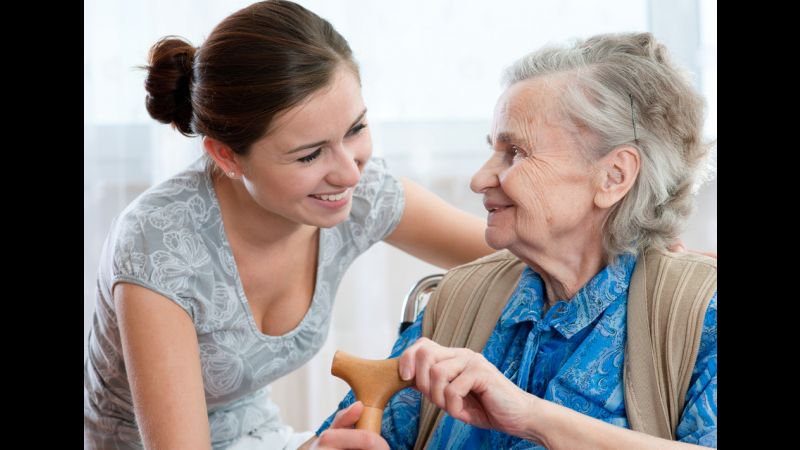When most of us hear the word ‘caregiver,’ we may picture a middle-aged woman caring for a spouse, parent or even a parent-in-law. This depicts America’s typical family caregiver according to the National Alliance for Caregivers and AARP’s Caregiving in the U.S. 2015 report, but this leaves out a new group of up-and-coming caregivers: members of the millennial generation.
This may be surprising since members of the millennial generation are typically seen as lazy self-absorbed individuals, but they make up close to a quarter of today’s caregivers.
Defying the Stereotype
In today’s day and age, it’s not uncommon for millennials to get a bad reputation, but this stereotype is being challenged by the upward trend in millennials becoming caregivers. 24 percent of caregivers are millennials, or those between the ages of 18 and 34, and these millennial caregivers are equally likely to be female or male.
The table below shows the percentage of caregivers in each age range:
|
Age of Caregivers |
|
| 18 to 34 | 24% |
| 35 to 49 | 23% |
| 60 to 64 | 34% |
| 65 to 74 | 12% |
| 75 or older | 7% |
|
Mean Age = 49.2 |
|
So how exactly did the National Council on Aging and AARP get these startling statistics? These two organizations created an online study involving 1,248 participants who provided care for another person throughout 2014. Click here to see more of the key findings from the Caregiving in the U.S 2015 report.
Caregivers by Choice?
While it’s great to see that so many young people are embracing this profession, this surprising revelation does seem to lead to the following question: why are so many millennials becoming caregivers? Unfortunately the study did not answer this question, but some possible explanations are that members of this generation are closer to family members or that they simply didn’t have a choice.
According to a recent article found on Phys.org, approximately 1.3 million youth (aged 8 to 18) help care for loved ones (in most cases their parents or grandparents) with serious health conditions, including diabetes, cancer and dementia. These young caregivers are performing tasks that can be difficult for adult caregivers – all while they are trying to balance schoolwork and childhood. As a result of their caregiving responsibilities, many actually drop out of school, which directly impacts their future.
Supporting the Youth & the Elderly
Millennials becoming caregivers is certainly a new trend in the caregiver profession that can have serious impacts – both positive and negative. The rise in millennial caregivers presents a promising future, especially with the expected rise in elder orphans, but on the other hand, caregiver burnout can affect all caregivers, regardless of age.
Instead of the young caring for the old, communities should be doing more to simultaneously support both the young and the old through economic, emotional and educational support. Caregivers of all ages should have access to support whenever they need it.
So what does all this mean for you and your loved ones? Simple acts can go a long way in supporting caregivers, so keep an eye out if you notice any of your family members, friends or neighbors experiencing declining health and if their children become the primary caregivers. Offer as much help as you can, and if you are a caregiver, consider reaching out to that youth to offer some insight or advice. After all, who knows what these young caregivers are going through better than someone who has experienced it firsthand?
As baby boomers age, it is essential that we remember all caregivers, whether they are young or old.

